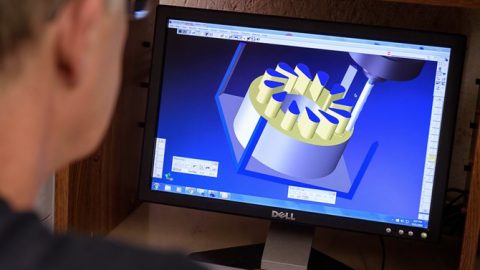In the world today, there are more than 30 rapid prototyping technologies being used and commercialized. Below are some quick prototyping technologies as follows:
- SLA (Stereo lithography apparatus): Create samples from photocurable resin. When the laser source is controlled by the computer’s signal covering the cross-section of the 3D model, it hardens a layer. After that, the working surface is lowered by one step and gradually forming a pattern in layers.
- SGC (Solid Ground Curing) method: Unlike SLA, SGC does not use point laser source but uses ultraviolet light beam to illuminate the entire surface covered by a mask (mask). The exposed material hardens into a layer. The mask is a negative film of the cut section.
- LOM (Laminated Object Manufacturing): Using sheet material with glue coating (mainly paper but can also use plastic sheet, metal sheet, etc). Laser source creates layers of a section by cutting the material along the boundaries of the object. The layers are pasted one after another thanks to the heating roller system.
- SLS (Selective Laser Sintering) method: A laser sintering method, with prototyping materials that can be metal, plastic, glass, ceramic. After the rollers spread out on the working table a layer of material powder with a predefined thickness, the laser source will cover the surface to be layered, helping the material particles stick together to form a layer. Each vertical move of the equipment system will form the next layer.
- 3D printing: Operating on the principle of “inkjet printing”, similar to the above methods but using adhesive material with glue. A special type of glue ink is sprayed on hardened and flattened plastic powders, creating a sample object layer by layer.
- FDM (Fused Deposition Manufacturing) method: Using fusible wire material, eg ABS plastic. The wire through the heating end will plasticize and be spread on the floor in accordance with the cross-sectional profile of the sample, according to each layer with a thickness equal to the cutting layer thickness. The plastic will bond in layers until the sample is created.
- MJM (Multi Jet Modeling) Method: This is a proprietary method of 3D Systems. The method uses a matrix of inkjet print heads to melt molten plastic into sectional profiles (cutting layers). Each layer is hardened by UV light before printing on the new layer.
With diverse features and high applicability, rapid prototyping technologies open up a promising future for mechanical manufacturers and processors.
Source: Rapid Prototyping wiki
